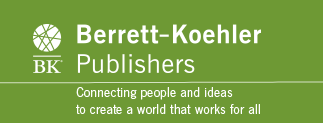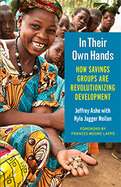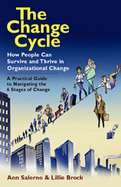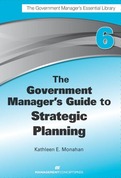2014
- A better way to fight poverty: Ashe and Neilan show that savings groups are simple, extremely low cost, self-managing and spread virally-there are savings groups in 100,000 villages in 65 countries
- Sponsored by Oxfam America: This book was developed with Oxfam America, part of an international coalition of Oxfams operating in 90 countries-in 2005 Ashe and Oxfam, with their partner Freedom from Hunger, pioneered a program to expand savings groups worldwide.
Two and a half billion people worldwide, too poor and too rural to be served by traditional financial institutions desperately need a better way to save and borrow. Jeffrey Ashe and Kyla Jagger Neilan say the answer is savings groups.
In savings groups, members put what they can in a communal pot and make loans to individual members for needs like buying food to survive the "lean season" before the harvest, building a business, investing in livestock, or paying school fees. Once a year, the entire pot plus interest on loans is divided among the members. Unlike other poverty alleviation options, savings groups are run entirely by their members, and, they spread by word of mouth from village to village, allowing them to reach remote areas with remarkable success. By catalyzing the problem-solving capacity of the poor they avoid subsidies, debt, dependency, and high costs while reducing hunger and building assets and solidarity.
Ashe and Neilan show that applying savings group principles could revolutionize development in areas as diverse as health, agriculture, education and grassroots political empowerment. "Being organized gives us courage," as one woman said. It is their courage translated into action that explains the success of "in their own hands" development.
2004
- The latest volume in Berrett-Koehler's Ken Blanchard Series
- Includes a foreword by Ken Blanchard, an introduction by Bill Cosby, and a mid-book message from lunar astronaut Buzz Aldrin
- Offers managers a simple system that will increase their effectiveness and improve employee morale and productivity
- Written in the accessible and compelling Blanchard storytelling style
2008
2023
AI holds incredible promise to improve virtually every aspect of our lives, but we can't ignore its risks, mishaps and misuses. Juliette Powell and Art Kleiner offer seven principles for ensuring that machine learning supports human flourishing. They draw on Powell's research at Columbia University and use a wealth of real-world examples.
Four principles relate to AI systems themselves. Human risk must be rigorously determined and consciously included in any design process. AI systems must be understandable and transparent to any observer, not just the engineers working on them. People must be allowed to protect and manage their personal data. The biases embedded in AI must be confronted and reduced.
The final three principles pertain to the organizations that create AI systems. There must be procedures in place to hold them accountable for negative consequences. Organizations need to be loosely structured so that problems in one area can be isolated and resolved before they spread and sabotage the whole system. Finally, there must be psychological safety and creative friction, so that anyone involved in software development can bring problems to light without fear of reprisal.
Powell and Kleiner explore how to implement each principle, citing current best practices, promising new developments, and sobering cautionary tales. Incorporating the perspectives of engineers, businesspeople, government officials, and social activists, this book will help us realize the unprecedented benefits and opportunities AI systems can provide.























